How to Create a Successful Product Development Strategy
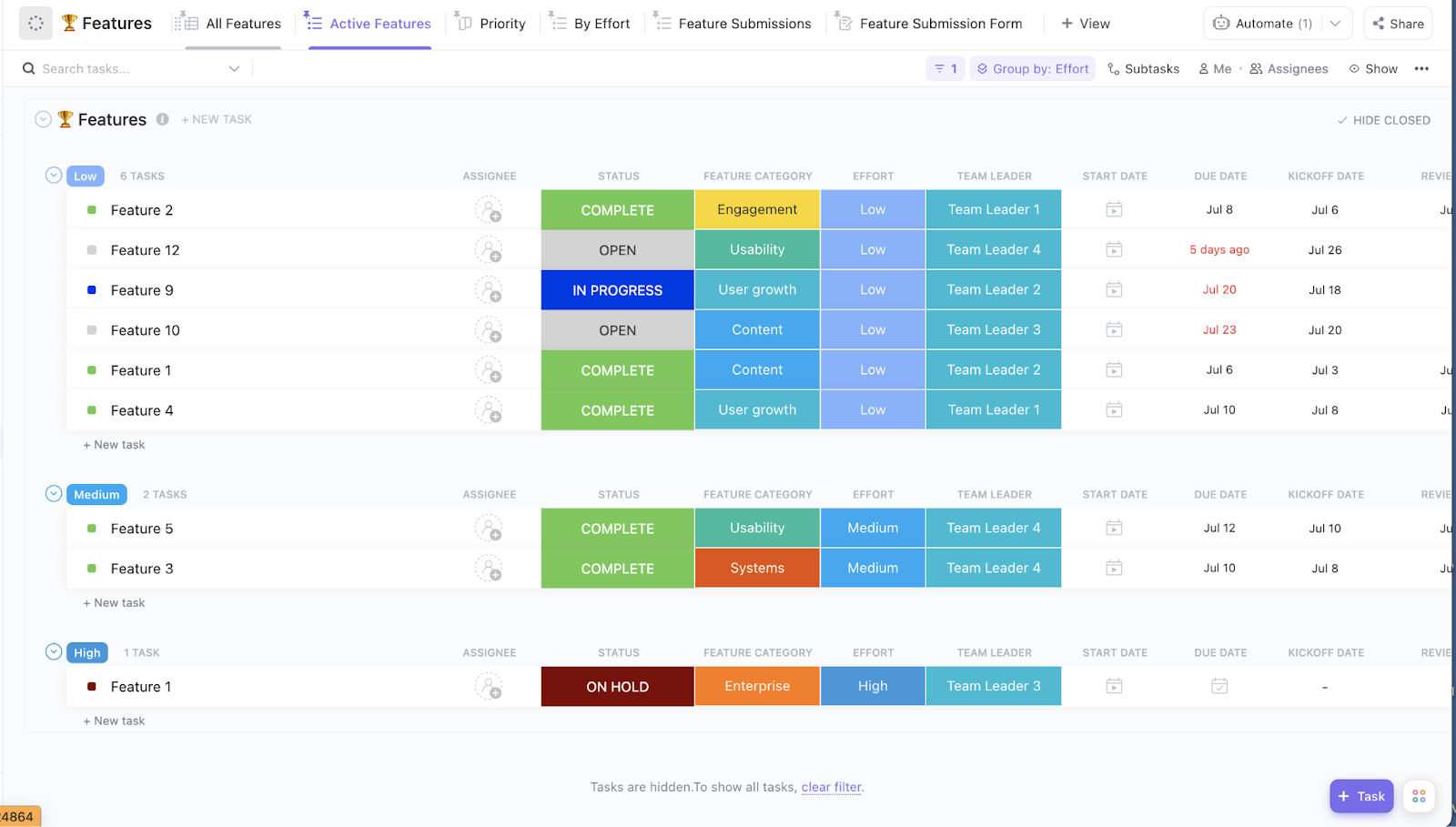
Sorry, there were no results found for “”
Sorry, there were no results found for “”
Sorry, there were no results found for “”

You’ve got a great product idea. Maybe it came from a customer pain point, a team brainstorm, or a flash of insight during a late-night scroll. But turning that idea into a successful, scalable product? That’s where things get complicated.
Without a clear product development strategy, even the best ideas can get stuck—buried in product backlog, delayed by team misalignment, or launched too soon without user validation.
You need a roadmap that ties your innovation processes to real customer needs, supports future growth, and seamlessly fits into your broader corporate strategy.
It’s not just a feature list—it’s a strategic approach to building the right product, at the right time, for the right audience.
In this guide, we’ll explain how to build a product development strategy that aligns your team, keeps user needs front and center, and adapts to market dynamics. We’ll also show you how ClickUp can help bring your product and business goals together, every step of the way.
👀 Did You Know? A McKinsey study suggests that companies adopting agile product development strategies can enhance operational performance by up to 30%, leading to faster time to market and increased revenue.
A product development strategy is your game plan for turning promising ideas into successful, market-ready products. It guides what you build, why you build it, and how you bring it to life with focus and intention. This approach outlines how you’ll research your target audience, define your product vision, align teams, and take your product from concept to launch (and beyond).
If you’ve ever wondered what product management is or how product strategy shapes real-world outcomes, this is it. A solid product strategy connects business goals, user needs, and execution frameworks into one cohesive plan.
Whether improving an existing product in an existing market or entering a new product market, strong product management strategies help you stay focused on customer needs, market trends, and business impact.
It sits at the core of both your product lifecycle and business strategy. In the early stages, it shapes how you prioritize features and validate your concept. Over time, it guides everything from iteration and positioning to scaling and expanding your product portfolio.
For instance, Apple didn’t just launch the iPhone—they reimagined the mobile phone experience by solving user pain points like poor UX and clunky web browsing. Their new product development process centered on deep user insight, integrated hardware-software design, and a multi-year roadmap.
Or take Netflix—its shift from DVD rental to streaming was backed by market research, a clear product vision, and continuous innovation to meet growing consumer demand.
In both cases? A thoughtful strategy helped them anticipate needs, adapt to new markets, and stay ahead of the competition.
The ClickUp Product Strategy Template helps teams organize their product vision, set clear goals, and prioritize features. With sections for objectives, target audience, and competitive analysis, it streamlines planning and keeps everyone aligned.
Without a strategy, product development becomes guesswork, wasting resources, misaligning teams, and often missing what customers actually need.
A strong product development strategy gives your team:
It also helps your business remain competitive by differentiating your product line and keeping offerings relevant across their entire lifecycle.
In an environment where resource constraints are real—from tight budgets to lean teams—having a clear strategy ensures you’re investing your time, tools, and talent in the right direction. It also helps your team make smarter decisions around tools, such as choosing the right product marketing software to support launches, messaging, and user adoption.
📌 A clear strategy doesn’t just impact development—it strengthens your marketing strategy, shapes your market position, boosts customer satisfaction, and fuels long-term growth.
Every winning product development strategy moves through these key phases:
📌 Teams that follow this structure launch products with confidence. The plan is grounded in data, shaped by customer needs, and built for growth.
A great product comes to life through clear strategy, thoughtful iteration, and strong cross-functional alignment.
If you’re ready to create your own, start here. This six-step strategy helps align teams and drive market impact:
Start where it matters most—real users. Before you build, listen.
Here’s how:
📌 A deep understanding of your potential customers helps build products people actually want, not just what you think they need.
Once you’ve understood your users’ “what” and “why”, focus on how your product stands apart. This step is crucial to a complete product development strategy and a successful product.
Here’s how:
📌 Use this: The ClickUp Product Positioning Template helps you nail your core message and gain a competitive advantage. It’s a handy way to sort out what makes your product offerings different and who it’s really for. Perfect for when you need to get everyone on the same page without overthinking it.
Before ClickUp, working with our Product Design department used to be a pretty chaotic process – they often didn’t have clear information whether tasks were still under review or needed more work. We absolutely needed a system that would allow me and the Head of Product Design to get an overview of the entire process and come to grips with all the work in progress and upcoming tasks
💡 Pro Tip: When defining your value proposition, test multiple variations with internal stakeholders before locking one in. Sometimes what makes sense on paper doesn’t resonate with your team or users. A quick round of feedback can save you from a weak positioning statement later.
Next, work on translating your vision into action. A roadmap gives your product team and stakeholders a clear direction.
Here’s what you need to do:
📌 With tools like the ClickUp Product Roadmap Template, you can visualize timelines, allocate resources, and adapt to changing customer demands—whether entering an existing or new market.
Your product touches design, development, marketing, and support. For a stellar rollout, you need them all working as one unit.
This is how you can get them on one page:
📌 Teams that embrace cross-functional collaboration across departments (including supply chain management) see fewer delays and more cohesive outcomes. Stay organized and on track with the ClickUp Product Launch Checklist Template. It’s a comprehensive tool to streamline tasks and ensure smooth execution from start to finish.
📮 ClickUp Insight: Our survey found that knowledge workers maintain an average of 6 daily connections at their workplace. This probably entails multiple pings back and forth across emails, chat, and project management tools.
What if you could converge all these conversations in one place? With ClickUp, you can! It’s the everything app for work that combines projects, knowledge, and chat in one place—all powered by AI that helps you and your team work faster and smarter.
Success needs a definition before it can be tracked. Here’s how to make sure you’re measuring what matters:
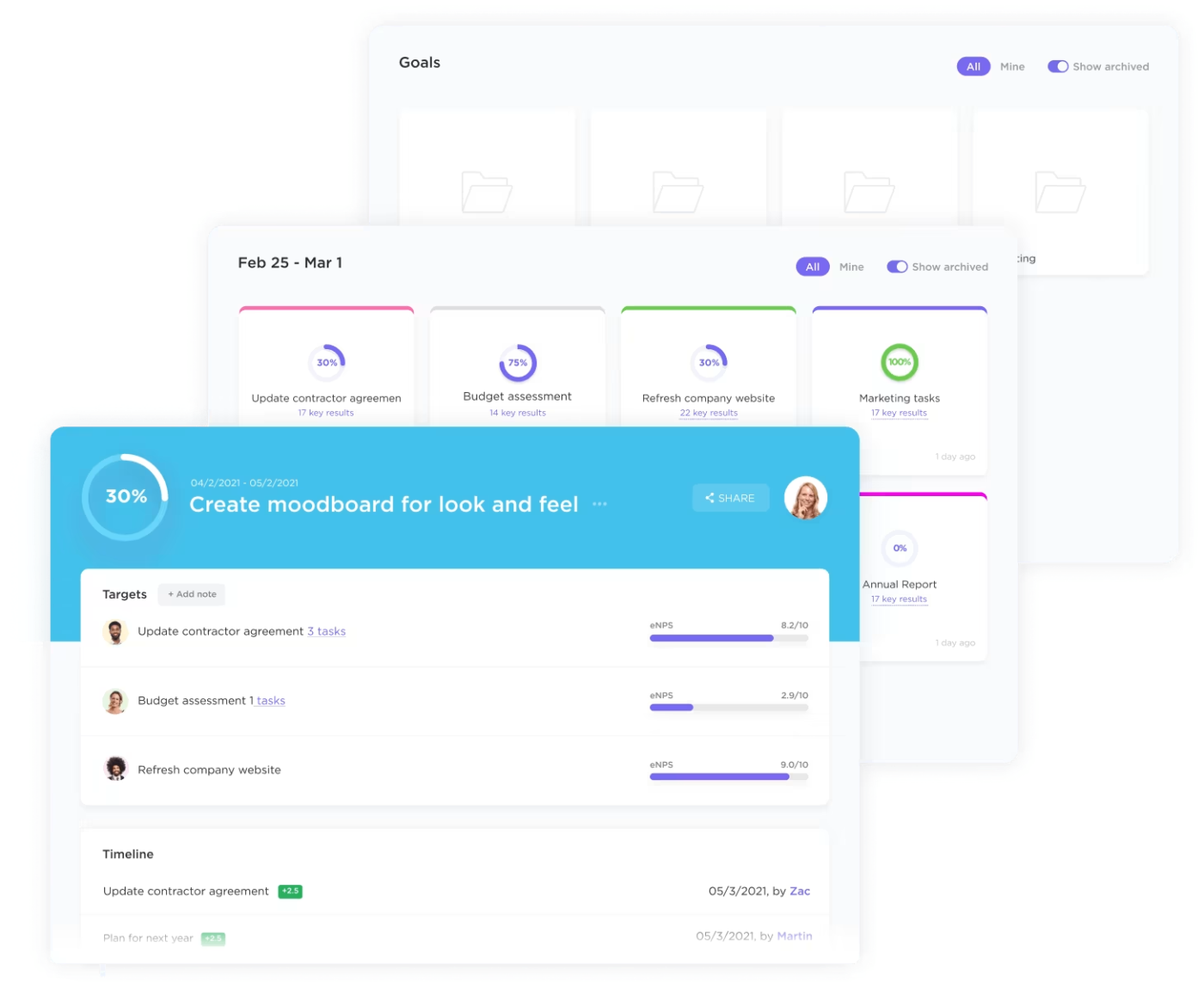
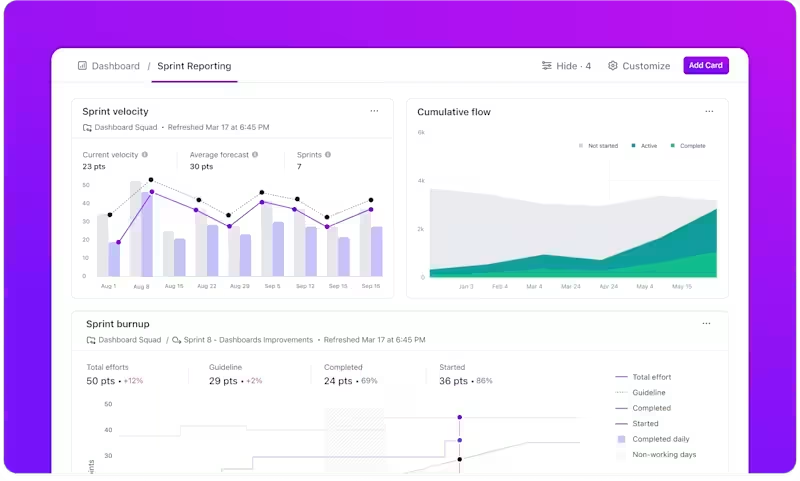
📌 The ClickUp KPI Template helps track measurable outcomes, not just activities. It helps you track progress and performance over time. Align your team around key objectives and visualize your success.
💡 Pro Tip: Set non-negotiable milestones and link every new task to a release goal. If it doesn’t fit the goal, it waits.
Even the most successful companies don’t get it right on day one. Keep iterating based on real-world use.
What can you do?
📌 Set up a structured feedback loop with the ClickUp Feedback Form Template. It helps you gather and organize customer, user, and partner feedback. Analyze responses, identify trends, and use insights to drive product improvements.
👀 Did You Know? 46% of product leaders cited budget limitations as a significant roadblock to achieving product goals, while many flagged cost efficiency as a key priority. But without alignment, visibility, and structured processes, even the best strategies fall flat.
Building a great product doesn’t stop at having a great idea—you need the right tools to turn that idea into a roadmap, sprint plan, launch checklist, and scalable product.
That’s where ClickUp, the everything app for work, comes in. With ClickUp for Product teams, you can centralize your work, streamline team collaboration, and ensure that every aspect of your product’s journey is tracked and optimized.
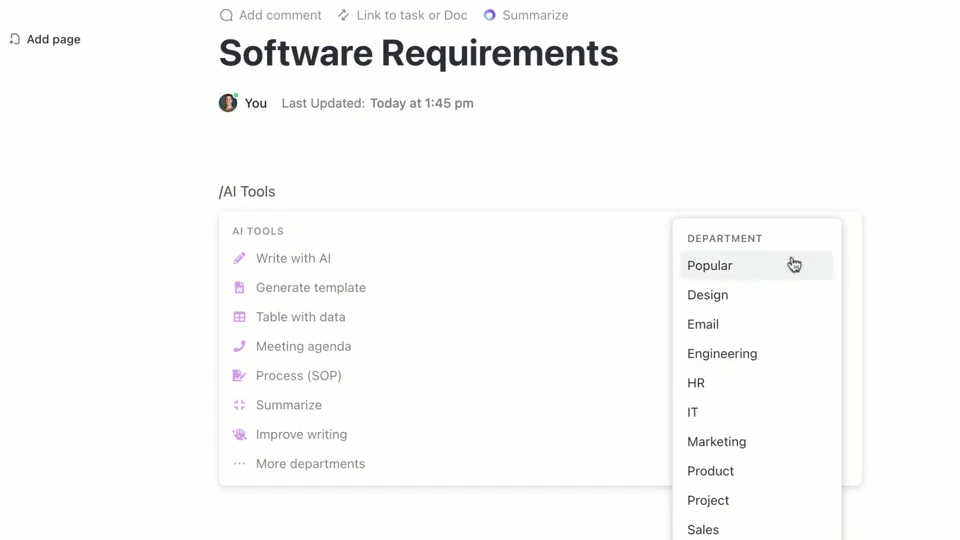
Whether managing backlogs, coordinating product sprints, or tracking go-to-market timelines, ClickUp helps you keep everything in one place—from ideation to launch.
Here’s what makes it powerful for product teams:
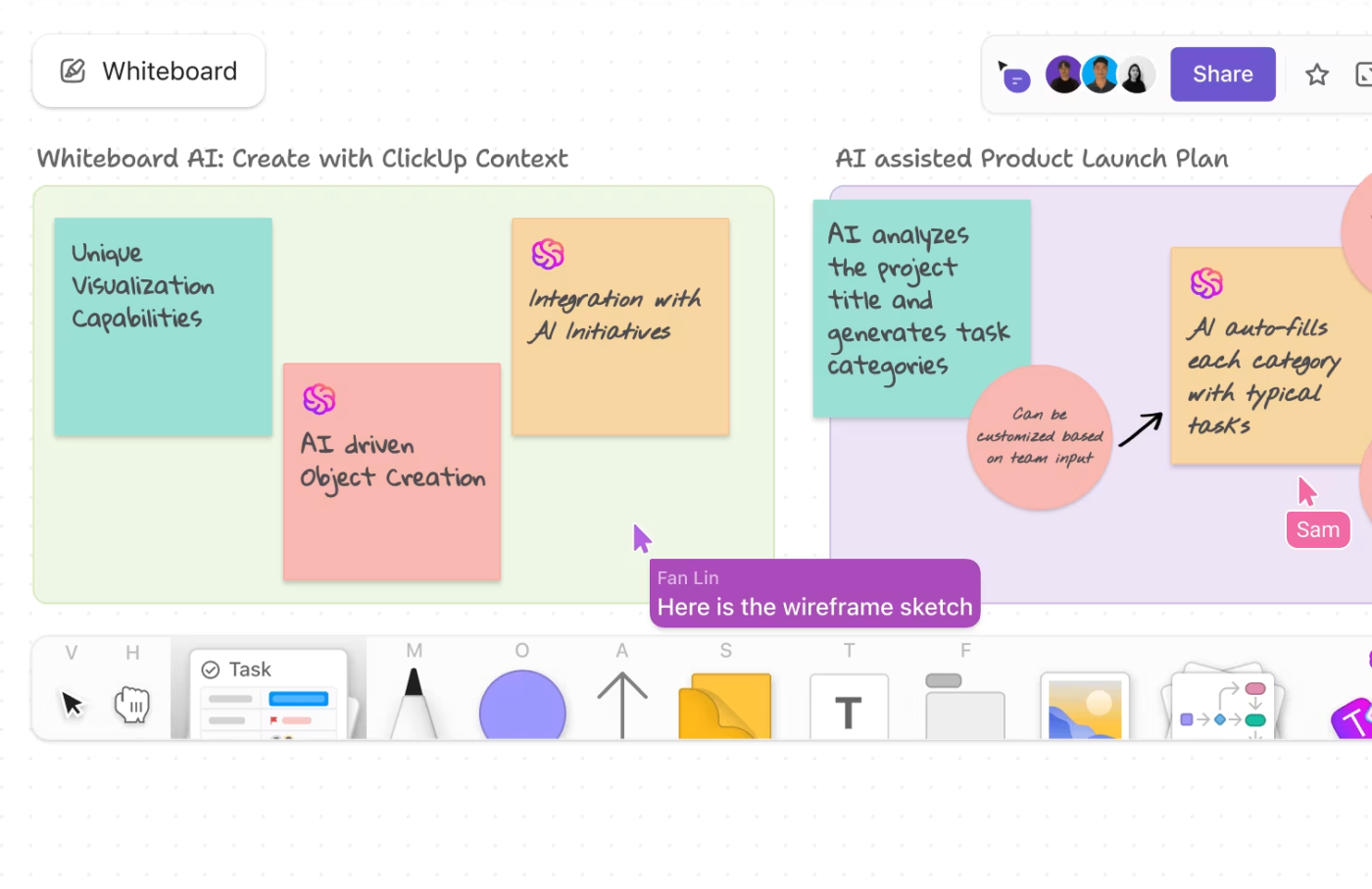
Having a solid strategy in place makes all the difference in a new product development process. The ClickUp Product Strategy Template is designed to help you map out your plan and stay focused on what matters most.
Here’s how this template can help:
This template is a great way to keep things organized, focused, and moving forward, no matter what stage you’re at in the product development process.
And when it comes to product planning, the ClickUp New Product Development Template makes things even easier. They break down complex strategies into manageable tasks and milestones, so everyone knows exactly what’s expected, and you don’t have to reinvent the wheel each time you start a new project.
💡 Pro Tip: Don’t build in silos. Set up a shared ClickUp Space for product development where everyone—from product managers to designers—can track updates, add notes, and collaborate in real time. Transparency reduces rework and speeds up launches.
Bringing a product to life is a messy, cross-functional effort; most teams hit similar roadblocks.
Here’s a look at a few common ones, plus practical ways to navigate them:
Misalignment between teams often leads to duplicated work, conflicting priorities, and delayed launches. The bigger the team, the harder it is to stay in sync.
📌 Fix it: Use a shared project space (like ClickUp Whiteboards or Docs) to align timelines, clarify ownership, and ensure decisions don’t live only in meetings.
That “just one more feature” mindset? It adds up fast. Without a clear guardrail, your MVP can balloon into an endless build.
📌 Fix it: Set clear boundaries from the start by defining your MVP’s core features and sticking to them. Use tools like task prioritization and product roadmap tracking to keep the team focused, and regularly review progress to ensure the scope stays in check.
Too much input can paralyze decisions. Too little can lead to launch-day regrets. Most teams struggle to find the sweet spot.
📌 Fix it: Try setting up structured, time-bound feedback windows for every phase—design, dev, and pre-launch. Tools like ClickUp Forms help centralize and categorize feedback.
Without visibility into dependencies, things get stuck, and nobody knows until it’s too late. This often leads to last-minute scrambling and frustrated teams.
📌 Fix it: Use a visual timeline view to spot delays early. Gantt chart templates work well here to show how one slip can ripple across the project.
Here’s what Shreyas Doshi has to say:
A good product strategy makes execution so much easier
ClickUp brings everything under one roof—replacing scattered spreadsheets with dynamic Gantt chart templates, workflow automation, and seamless team alignment. Whether you’re launching your first MVP or scaling complex product operations, don’t just manage projects—move them forward with precision.
With built-in product launch templates, ClickUp supports your team through every phase—from planning to promotion.
Try ClickUp for free today and experience the difference!
© 2025 ClickUp